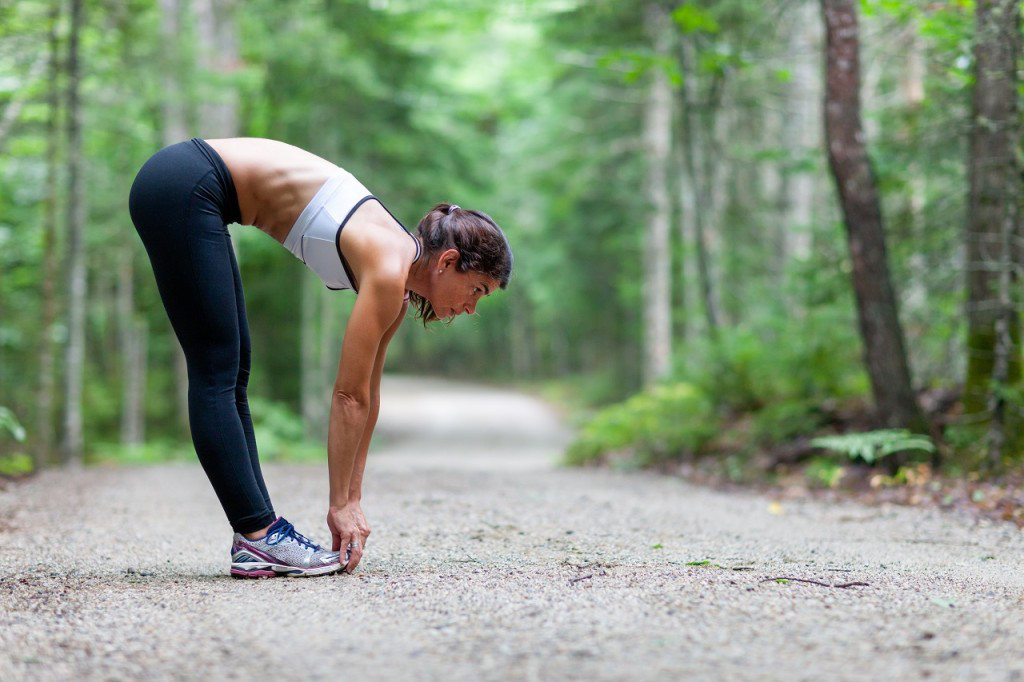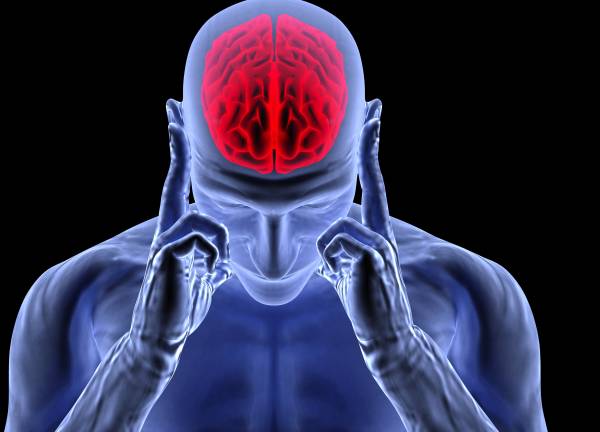In this post we take a look at when muscle tightness is a good thing and how we know.

Take a read of the following from the advice section of a physiotherapy site. See if anything jumps out at you.
‘You’d need to establish if your external rotators are tight (as in dysfunctional and need to be stretched) or stiff (they are protective and shouldn’t be stretched).’
‘They both look and feel exactly the same – I think they’re going to be stiff and protective. This is where we go to work.’
So when is muscle tightness is a good thing? And how do you know?
I remember my confusion when using these approaches. Sometimes I would stretch a client and they would feel better (albeit temporarily). Sometimes I would do exactly the same thing and they would feel worse.
How do you know when to apply a stretch and when to leave well alone?
In order to answer this question we have to first understand what the difference between a tight muscle and a stiff one is.
The answer is there is no difference.
A muscle only contracts, it doesn’t change in texture unless there’s a disease process underway. Giving muscle tension two different names is like saying one brick has different attributes to another. They are the same thing.
The difference is in the therapist’s head. That of course is entirely subjective and more related to their bias than anything else.

So if a muscle is tight can this ever be called dysfunctional?
It’s your brain that decides how much tension is required in a muscle and it rarely makes mistakes. In fact muscle tension is a finely calculated decision based on so much information that the stats are mind boggling.
To give you some idea, the activity of a single neurone (nerve cell) illustrates the behaviour of the entire nervous system very well.
During it’s lifetime a neurone will receive input from a variety of sources at different times. It will send out signals that either have an inhibitory effect or an excitatory one. It’s own chemical effects are signalled back to it and it keeps a history of all the events it has dealt with. This is just one neuron.
Bearing in mind the human brain contains around 100 billion neurones, you can begin to wonder just how much information your central nervous system is working with.
If a muscle is tight therefore, there’s always a good reason for it.
The challenge is figuring out exactly what that reason is, not simply overriding those decisions.
The physiotherapist I quoted earlier is right when he says that muscle tightness is protective, but it may not be immediately obvious what your nervous system is protecting you from.
It could be a structural issue, but it could also be the tension is there to keep you out of positions you can’t currently control.
In such cases improving the ability of muscles to contract and therefore control your joints will reduce sensations of tightness.
If muscle weakness is the issue, any intervention that targets your body’s solution to the problem (tightness) and not the actual problem itself is not likely to succeed.
Your body is an amazing thing. Doing it the justice of respecting it’s decisions and choosing to work with it and not against it will produce superior results in the long term.